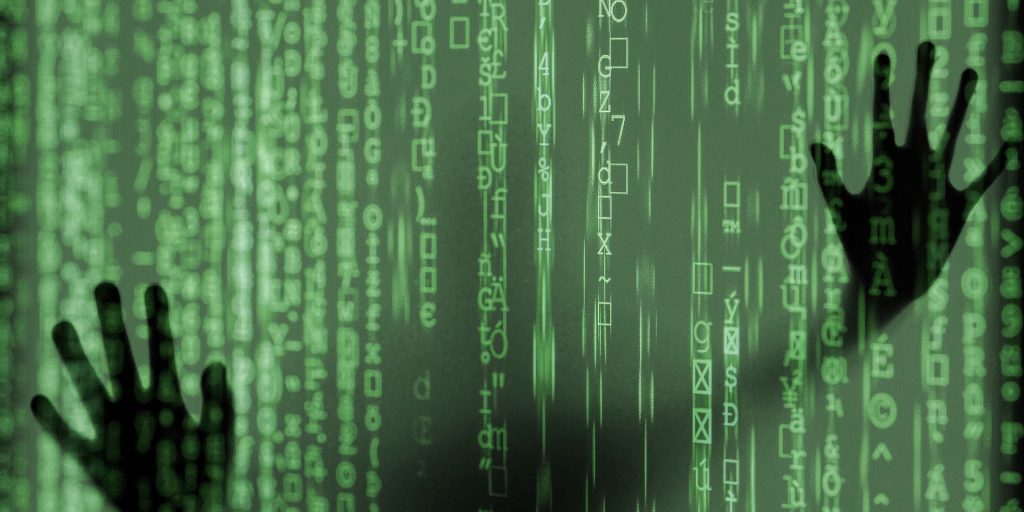Introduction
Blockchain technology has revolutionized the way we think about data management. In an increasingly digital world, the ability to securely store, verify, and share data without the risk of tampering is critical. One of the key features of blockchain that makes it so powerful is its ability to ensure data immutability. But how does this work? What mechanisms are in place to guarantee that once data is added to the blockchain, it cannot be altered or deleted?
In this article, we will explore the various factors that contribute to blockchain’s ability to ensure data immutability. From cryptographic hashing to consensus mechanisms, we’ll break down the technical details behind how blockchain maintains the integrity of the information it stores.
Understanding Blockchain Immutability
Immutability refers to the characteristic of data that, once written, cannot be changed or deleted. For blockchain, this is a crucial feature because it underpins the trust and security that blockchain offers. If data could be altered or erased once entered, the entire purpose of using a decentralized ledger would be undermined.
In blockchain, immutability is achieved through several interconnected technologies and protocols:
- Cryptographic Hashing
- Consensus Mechanisms
- Decentralization
- Merkle Trees
- Timestamping
Let’s explore these in more detail.
1. Cryptographic Hashing
At the core of blockchain’s immutability is cryptographic hashing. A hash function is a mathematical algorithm that transforms data into a fixed-size string of characters. Every piece of data in the blockchain—whether it’s a transaction or a block—is passed through a hash function. This produces a unique hash value that serves as a digital fingerprint of the data.
The key property of cryptographic hashes is that even the smallest change in the input data will result in a drastically different hash output. For instance, if you change one letter in a document, the resulting hash will be entirely different. This makes it extremely easy to detect changes in the data.
In blockchain, each block contains a hash of the previous block, along with its own data and a timestamp. This creates a chain of blocks, each dependent on the one before it. If someone attempts to alter the data in one block, the hash of that block changes, which causes the next block in the chain to become invalid. This chain reaction makes it nearly impossible to tamper with the data without being detected.
2. Consensus Mechanisms
Blockchain networks are maintained by a decentralized group of participants, each of whom stores a copy of the entire blockchain. For the blockchain to function correctly, all participants must agree on the state of the data—this agreement is achieved through consensus mechanisms.
There are several types of consensus algorithms used in blockchain networks, but the most common ones are:
- Proof of Work (PoW): In PoW, participants (miners) compete to solve complex mathematical puzzles in order to validate new blocks. Solving these puzzles requires significant computational power and time, making it expensive and difficult for malicious actors to alter the blockchain. Once a block is added to the chain, changing any data in that block would require redoing the proof of work for that block and all subsequent blocks, which is computationally infeasible.
- Proof of Stake (PoS): In PoS, validators are selected to create new blocks based on the number of coins they hold and are willing to stake as collateral. This reduces the likelihood of malicious actors controlling the network, as they would risk losing their stake if they try to manipulate the blockchain.
Both PoW and PoS help maintain the integrity of the blockchain by ensuring that the majority of participants agree on the validity of new blocks. This makes altering the data in the blockchain extremely difficult, as it would require convincing the majority of participants to accept fraudulent information.
3. Decentralization
Blockchain is fundamentally decentralized, meaning that no single entity controls the network. Instead, control is distributed across all participants, or nodes, which each maintain a copy of the entire blockchain.
Because the blockchain is not stored on a central server, it is much harder for hackers or malicious actors to corrupt the data. In a centralized system, a single point of failure could allow an attacker to modify or delete data. In a decentralized network, however, to alter the data, an attacker would need to gain control of the majority of the nodes on the network simultaneously. This level of coordination is nearly impossible to achieve, particularly in large, well-established blockchain networks.
Each time a new block is added to the blockchain, all nodes must agree on its validity. If a node detects any changes or discrepancies in the data, it will reject the altered block, ensuring that only legitimate transactions are recorded on the blockchain.
4. Merkle Trees
To make blockchain more efficient and secure, Merkle trees are used to organize the data within each block. A Merkle tree is a binary tree in which every leaf node represents a hash of a data block, and each non-leaf node represents the hash of its two child nodes.
This structure allows for quick and efficient verification of the integrity of the data. If even a small part of the data is altered, the hash of the root node (the topmost node in the tree) will change, signaling a tampering attempt. This makes it easy for participants to check the validity of a particular piece of data without having to examine the entire blockchain.
Merkle trees significantly enhance the security and efficiency of blockchain networks, allowing for fast and reliable verification of data while maintaining immutability.
5. Timestamping
Every block in a blockchain includes a timestamp, which records the exact time a block was created. This is important for establishing the chronological order of transactions. Timestamping also contributes to immutability by making it easier to detect changes.
If an attacker tries to alter the data in a block, they would not only need to change the block’s content but also adjust the timestamps of subsequent blocks. This would require recalculating the hashes for each of the following blocks, breaking the chain and making the tampering effort obvious.

Why Immutability Matters
The immutability of blockchain data is one of its most powerful features. Let’s look at some of the benefits that immutability brings:
- Enhanced Security: Once data is written to the blockchain, it cannot be altered, reducing the risk of fraud and ensuring that the data is accurate and trustworthy. This is especially important in industries like finance and healthcare, where data integrity is crucial.
- Transparency: Immutability means that all transactions are publicly recorded on the blockchain, allowing anyone to audit the data and verify its accuracy. This fosters trust among users and provides an additional layer of accountability.
- Auditability and Compliance: For businesses and organizations that need to comply with regulations, immutability ensures that all transactions are securely recorded and cannot be tampered with. This makes auditing and compliance easier and more reliable.
Challenges and Considerations
While immutability provides many benefits, it also raises some challenges:
- Legal and Regulatory Issues: In some jurisdictions, laws like the General Data Protection Regulation (GDPR) in Europe provide individuals with the “right to be forgotten,” which conflicts with the immutable nature of blockchain. If data cannot be deleted or altered, how does blockchain comply with these regulations?
- Scalability: As the blockchain grows, it becomes increasingly difficult to store and manage large amounts of data. This scalability issue presents a challenge for the widespread adoption of blockchain in industries requiring large-scale data management.
- Energy Consumption: Consensus mechanisms like Proof of Work require significant computational resources, which can result in high energy consumption and environmental concerns.
Conclusion
Blockchain’s ability to ensure data immutability is one of its most powerful features. Through cryptographic hashing, consensus mechanisms, decentralization, Merkle trees, and timestamping, blockchain creates a secure, transparent, and trustworthy environment for data storage and transaction verification. While challenges exist, the benefits of immutability make blockchain a transformative technology that can revolutionize industries ranging from finance to supply chain management. As blockchain technology continues to evolve, it’s clear that its ability to guarantee data immutability will remain one of its most significant strengths.
















































